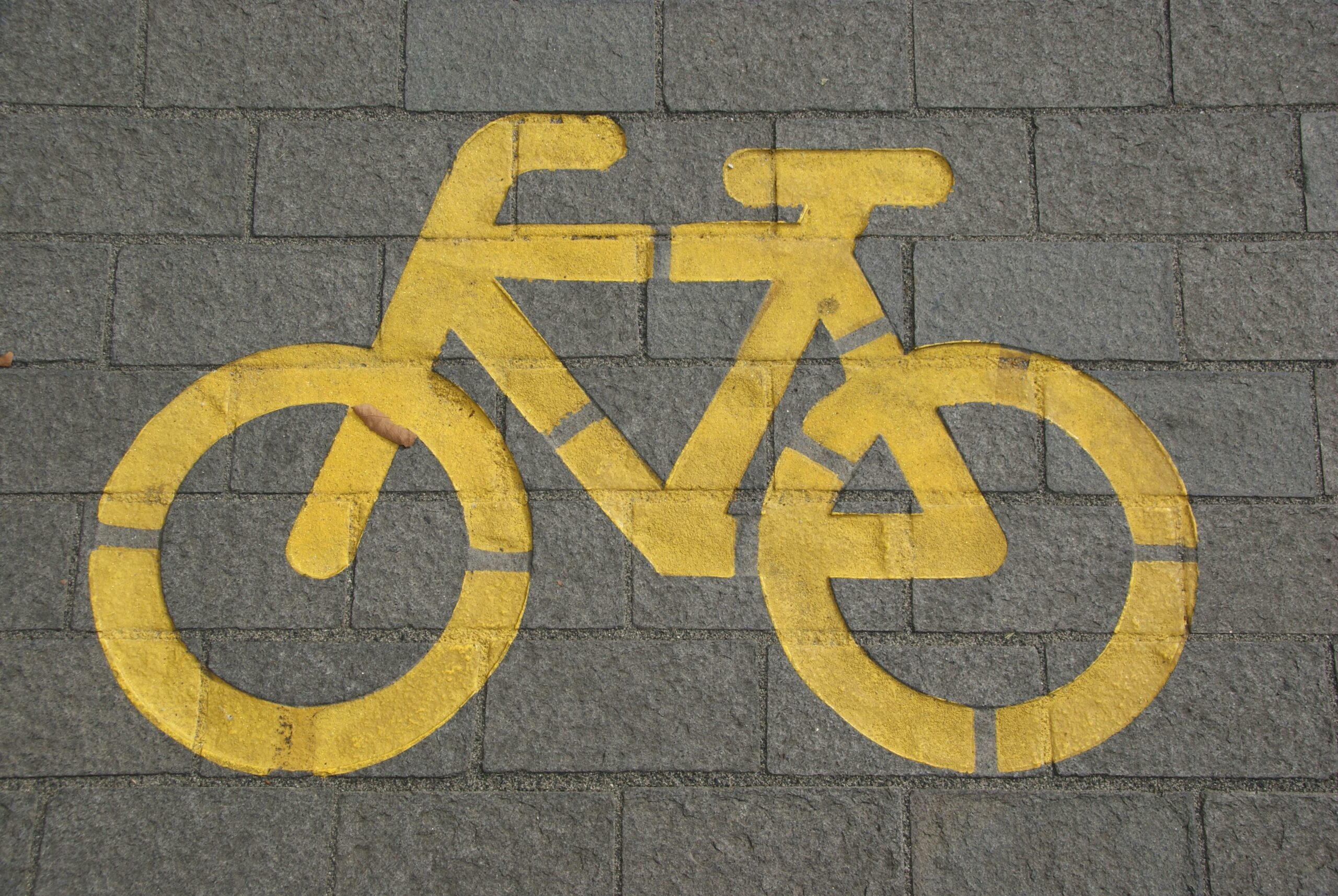Whenever I’m engaged in a conversation and the other party is saying something that doesn’t resonate with me, something I don’t get or something that just seems strange, I make an honest effort to put myself in the other person’s shoes. I do research, thought experiments, bounce scenarios off friends, hypothesize with LLMs, etc.
I genuinely try to understand the “in universe” reason for a given belief or idea. I honestly and strongly believe that most people are intelligent and most people don’t just believe random nonsense. There’s always some sort of internal logic behind a given belief.
The question I’ve been trying to answer this week is “why would you want to drive behind a slow cyclist?”
In the universe of an anti-cyclist, the purpose of city roads is to move private vehicles from point A to point B in as little time as possible. Street lights should be synchronized. Pedestrians should cross streets underground. If a road is congested, we should add another lane to (temporarily) shave 22 seconds off the commute from the the suburbs, even if it costs $1,000,000,000.
How does crawling behind a cyclist going 20 kph accomplish this goal?
The anti-cycling universe if filled with some strange math and misconceptions about funding of roads and public infrastructure. These errors often lead to an argument that cycling infrastructure is too expensive; or perhaps too under utilized to justify the expense.
Or, to put it another way, “I will suffer the inconvenience of crawling behind a cyclist because fixing it costs too much,” just like, “I resign myself to being stuck in traffic congestion because we can’t afford to pay for one more lane that will fix it.” There are only so many one billion dollar bills to go around.
The big ticket road expansion projects are admittedly rare and the city is constantly spending smaller amounts of money to rebuild sections of road.
So if the anti-cyclists want to travel in private cars as quickly and efficiently as possible, they should want to spend those precious tax dollars on the most impactful change towards the goal of getting cars from point A to B quickly? They want bike infrastructure!
I am completely unable to find an in-universe, internally consistent reason to oppose bike infrastructure.
Why would you want to injure someone?
The universe of anti-cyclists is populated individuals who believe that cyclists are taking their lives in their own hands, that road deaths and injuries are an unavoidable force of nature. “It may be sad, but shit happens.”
The same could be said about pedestrians who walk down Portage Avenue to get to their bus stop.
Oh, wait! Nobody says that because it’s not a thing that happens. Sidewalks exist!
Humans are small, fragile and slow. As soon as heavy vehicles started to share space with people on foot, we invented the sidewalk. We figured this out over 4,000 years ago!
When an something has existed so long, it seems obvious. There isn’t a vocal anti-walking lobby on X complaining about wasting money on sidewalks are “always empty.” Or casting doubt on the need for sidewalks because “nobody walks in the winter.”
You wouldn’t expect your loved one to have to walk in traffic to get around town, why would you expect them to be less safe if they chose to get there by bike?
As a driver, I never ever want to hurt (let alone kill) anyone. I want the road I’m driving on to be as safe for everyone as possible. Driving near a cyclist in traffic is not only slow, it’s incredibly stressful as I try to avoid navigate around them.
Reasonable people — by definition — aren’t interested in killing each other, if you don’t want to hurt someone, you want bike lanes.
Bike lanes are for everyone
As a cycling community, I think we can do a better job of explaining this. It’s natural to be pissed off at the driver that nearly hit you, or to want to r/fuckcars when you see constant reports of cyclists dying in collisions with giant vehicles.
I’m not saying don’t fuck cars, there’s plenty of reasons to fuck cars.
But the enemy is infrastructure that puts drivers in conflict with cyclists. Negligent infrastructure that’s designed to prioritize cars at the expensive of pedestrians and cyclists.
When a cyclist its hit by a car, it’s not an accident. It’s infrastructure that makes this an inevitable outcome.
That drivers who’s fuming mad that you’re slowing him down on his way home? He’s actually on the same side. If you were in a bike lane, he’d have to find something else to be mad about.
“You catch more flies with honey…” or however the saying goes.
